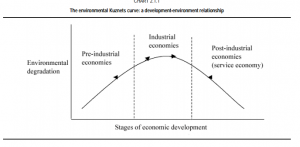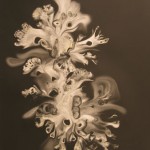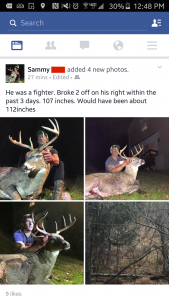So it is no secret to anyone that I live in New Hampshire. As such I have been up North in this beautiful homeland of mine for break. However, it has been a confusing visit home due in part to the fact that it is SO warm here right now! Normally by the end of November there is snow on the ground, and if there isn’t snow, there’s at least a considerable amount of biting wind and frosted plants. But we have none of that. Last night I sat beside an outdoor fire with a group of friends in thin leggings and a flannel with a vest and I was very comfortable. This time last year we tried to do the same and I was bundled in layers with a blanket and we had to go inside early because it was so cold. We were all mystified by the warmth (it was quite literally 65 degrees on Friday…….) already when my friend Zac’s dad came outside to say hello and noted that the TCU vs. Baylor football game was being played in 30 degree rainy weather. In Dallas.
It made the group of us, who are not – other than me – necessarily likely to consider environmental conditions, wonder about how that could be normal. Obviously it isn’t normal, but how will people continue to react to these changes of climate? If we are to be exploring the “cultures of nature” then what exactly is the “culture of weather”? I would say cold winters and snow on the ground (and pretending to enjoy and be tough about both of those things) are integral to the New Hampshire spirit and Northern character. Likewise I would imagine people from Texas appreciate the warmth they get to hold onto into the “winter” months. How would a long term change- if that is what is to come- impact these attitudes and cultures?



